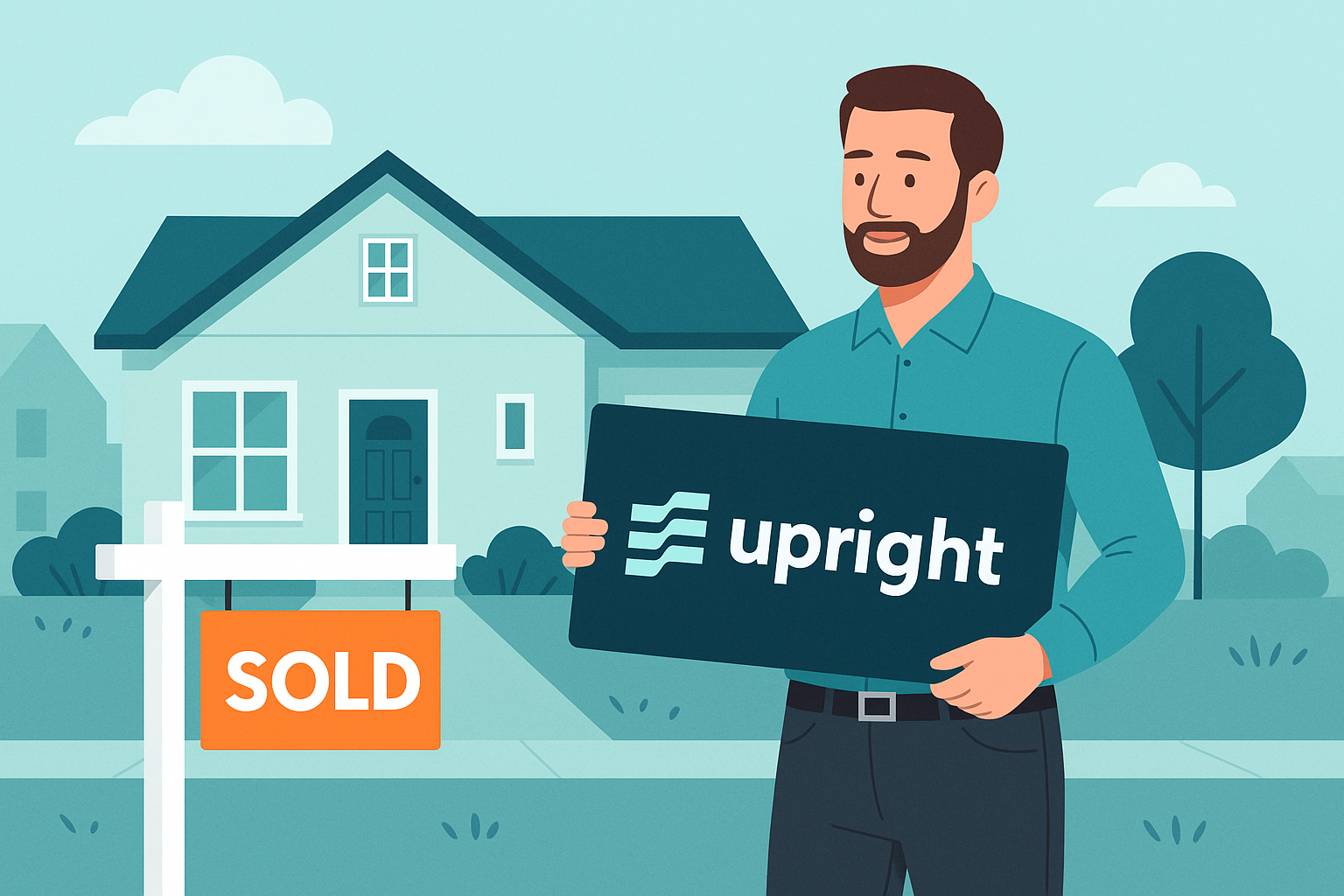The single-family rental market in the United States has witnessed impressive growth and stabilized net operating income figures over the last two years. A combination of strong underlying demand and a limited supply of affordable single-family rental housing options has largely driven this growth, bringing ample opportunities for investment in 2020.
Single-Family Rental Market Background
Aggressive growth strategies employed by a number of large institutional buyers during 2012-2015 has since leveled off, as these Wall Street titans refine their portfolios with targeted acquisitions and disposals. However, the market opportunity for investors remains strong, as institutional landlords still only account for about 300,000 of the 14.5 million single-family rental homes in the United States, equating to just under 2% of the market. Strong household formation rates and the shortage in particular workforce housing indicates that the single-family rental sector still has room to grow.
Opportunities with Single-Family Rentals
Investing in single-family rentals can be very advantageous for multiple reasons. First, single-family rental properties have elements of both rental income and capital appreciation potential. Additionally, according to Roofstock and the US Census Bureau, single-family rental returns have historically been similar to those generated by the stock market, but with less volatility. Single-family rental returns are typically uncorrelated to the stock market and thus offer an investment alternative to stocks and bonds with potentially lower risk. Considering these benefits, it is not difficult to understand why an increasing number of real estate investors are choosing to invest in single-family rental properties.
Strategies for Investing in Single-Family Rentals
At Fund That Flip, we closely analyze our borrowers’ investments. While every investment business is different, some of the most successful investors are investing heavily in “their own backyards.” This is supported by data from Roofstock, which indicates that around 70% of rental properties are owned by investors who live within an hour's drive of their rental properties. By remaining relatively close to their properties, this allows them to leverage relationships with real estate agents, contractors, and vendors. Moreover, many are heavily focused on maximizing net operating income, meaning they often self-manage their properties and typically use a small number of in-house staff to reduce their costs.
With the market opportunity looking to remain strong in the US, it may be a good time to invest in the SFR market. Investing in this market can be a great way to add to your existing real estate portfolio or get started in real estate investing.




